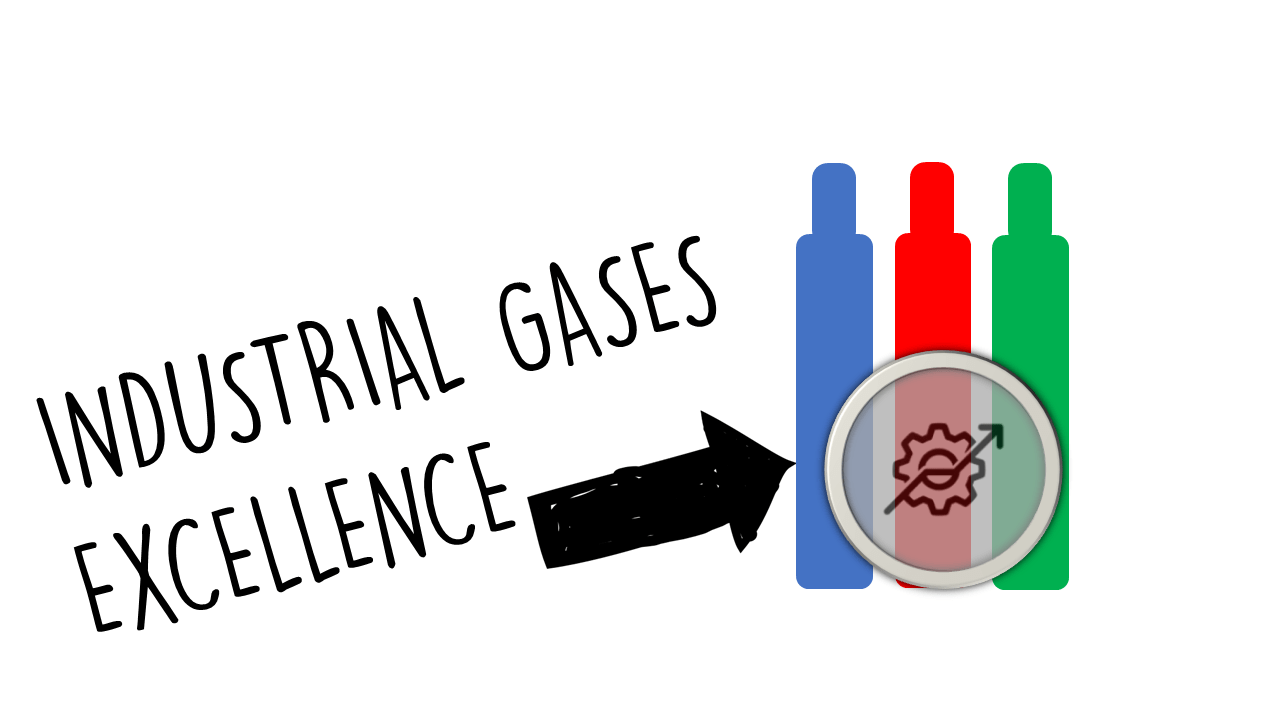The industrial gas business is a complex and multifaceted industry that plays a crucial role in various sectors, including healthcare, food and beverage, manufacturing, and energy. Understanding the business code of this industry involves identifying the key stakeholders, their needs and wants, effective approaches to engage them, and the competitive landscape.
Stakeholders and Their Needs
The stakeholders in the industrial gas business are diverse. They include manufacturers, suppliers, distributors, end-users (such as hospitals, food processing companies, chemical plants), regulatory bodies, and investors.
Manufacturers and suppliers want reliable sources of industrial gases that meet their specific requirements in terms of volume, purity, and delivery schedules.
Distributors seek profitable partnerships with manufacturers and reliable demand from end-users.
End-users need consistent supply of high-quality gases that comply with industry standards and regulations.
Regulatory bodies want adherence to safety and environmental standards.
Investors look for profitable businesses with sustainable growth prospects.
Approaching Stakeholders Effectively
Effective engagement with stakeholders requires understanding their specific needs and wants.
For manufacturers, suppliers, and distributors, this could mean offering competitive pricing models, flexible delivery schedules, or value-added services like on-site support or customized solutions.
For end-users, it’s about ensuring product quality and consistency while meeting regulatory standards.
For regulatory bodies, it’s about demonstrating compliance with safety and environmental regulations.
For investors, it’s about presenting a compelling business case with strong financial performance and growth prospects.
Why Execute This Approach
Executing this approach is crucial for success in the industrial gas business because it helps build strong relationships with stakeholders based on mutual benefit. It also helps differentiate your business from competitors by demonstrating your understanding of stakeholder needs and your ability to meet them effectively.
Main Competitors & Their Success Strategies
The main competitors in the industrial gas business include Air Liquide, Linde PLC, Air Products & Chemicals. Their success strategies revolve around technological innovation, operational efficiency, strategic partnerships, and global expansion.
Air Liquide focuses on innovation and sustainability, investing heavily in R&D to develop new technologies and solutions.
Linde PLC emphasizes operational efficiency and customer-centric solutions.
Air Products & Chemicals leverages strategic partnerships to expand its market reach
Highest ROIC Producers (2020-2024)
Return on Invested Capital (ROIC) is a key financial metric that measures how effectively a company uses its capital to generate profits.
Based on available data, Linde PLC has consistently produced the highest ROIC among industrial gas companies from 2020 to 2024.
Conclusion
Cracking the business code of the industrial gas industry involves understanding the needs of diverse stakeholders and developing effective strategies to meet them. It also requires staying abreast of competitive dynamics and financial performance metrics like ROIC. By doing so, businesses can position themselves for success in this complex and vital industry.
